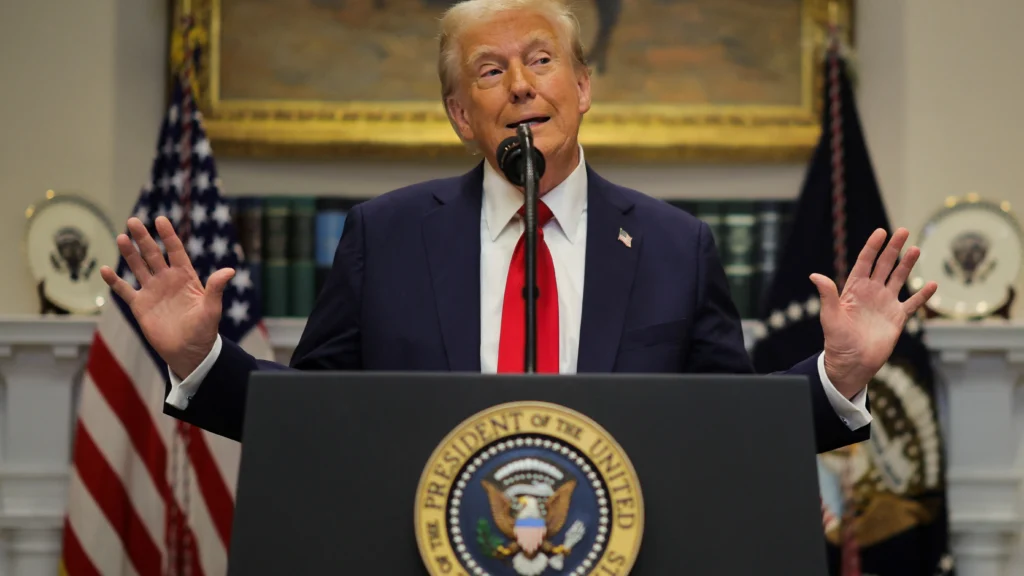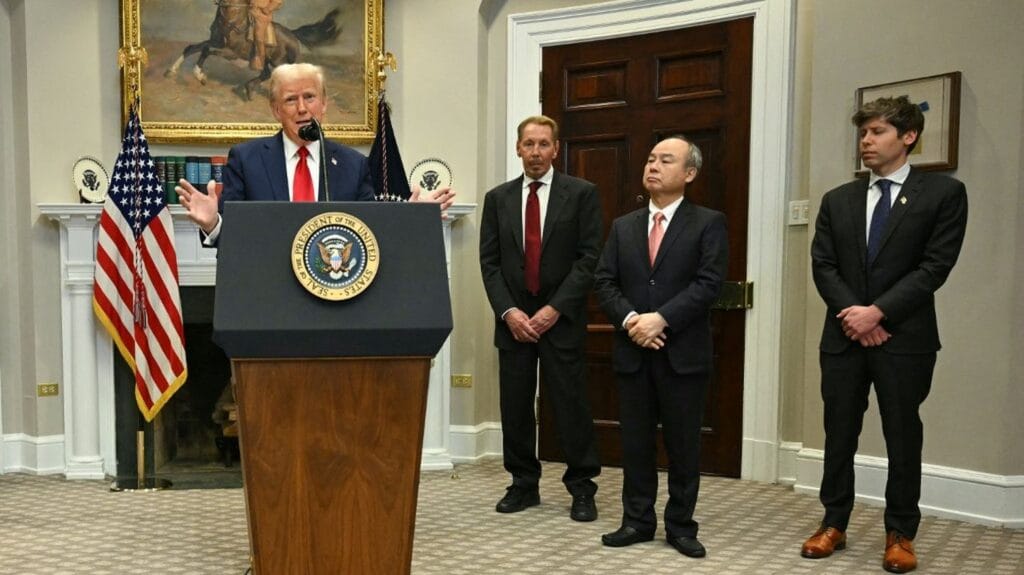Stargate and Beyond: How the US, China, and Europe Are Battling for AI Infrastructure Dominance

The global race for artificial intelligence supremacy has entered a new phase with the announcement of the $500 billion Stargate Project in the United States, while China accelerates its AI infrastructure expansion and Europe establishes ethical AI hubs. These developments reveal competing visions for technological dominance in an era where AI capabilities increasingly define economic and geopolitical power.

The Stargate Project: America’s AI Infrastructure Megaproject
The Trump administration’s Stargate Project represents an unprecedented private-sector collaboration involving OpenAI, SoftBank, Oracle, Microsoft, and Nvidia. Key features include:
- $500 billion investment over four years to construct 20 AI data centers nationwide, starting with a flagship facility in Abilene, Texas
- Energy innovation focus: Plans to power operations through solar energy and storage systems from SoftBank subsidiary SB Energy, alongside exploring nuclear and battery solutions
- Job creation claims: Projections of 100,000+ American jobs in construction, operations, and adjacent sectors
- Geopolitical positioning: Explicitly framed as countering China’s AI advancements, with President Trump stating “We want to keep [AI] in this country”
The project dwarfs previous U.S. tech initiatives, exceeding the $369 billion Inflation Reduction Act in scale while suspending its clean energy funding. However, its launch coincided with China’s release of DeepSeek-R1 – a cost-effective open-source AI model challenging American technical dominance.

China’s AI Infrastructure Surge
China’s response combines massive state investment with strategic planning:
- $6.1 billion national computing hub program establishing eight major facilities under the “east data, west computing” initiative
- 230 exaflops computing capacity (2023 figure), trailing U.S. capabilities but growing rapidly through projects like Huawei’s Ascend AI clusters in 19 cities
- Patent leadership: 38,210 generative AI patents filed (2014-2023) vs. 6,276 U.S. patents
- Made in China 2025 integration: Direct alignment with national industrial policy emphasizing AI self-sufficiency
Analysts note China’s computing infrastructure gap with the U.S. could narrow despite Stargate, given current expansion pace. The simultaneous development of competitive AI models like DeepSeek-R1 suggests a dual strategy of infrastructure building and technical innovation.
Europe’s Ethical AI Ecosystem
The EU’s approach emphasizes collaborative development within ethical frameworks:
- €1.5 billion investment in seven AI factories, including a Barcelona hub upgrading the MareNostrum 5 supercomputer
- Cross-border collaboration: 15 EU states and two associated countries participating in distributed development network
- Sector-specific applications: Focus areas range from pharmaceuticals to climate science using shared data repositories
- Ethical imperative: Explicit commitment to developing AI “aligned with European values” through governance frameworks

Unlike the U.S. and Chinese models, Europe’s strategy prioritizes SME access and public sector integration over pure commercial or geopolitical competition.
Comparative Analysis: Three Models of AI Development
| Aspect | United States (Stargate) | China | Europe |
|---|---|---|---|
| Primary Driver | Private sector consortium | State-led industrial policy | EU institutional funding |
| Investment Scale | $500 billion | $6.1B+ (gov’t direct) | €1.5 billion |
| Strategic Focus | Maintain global AI leadership | Achieve tech self-sufficiency | Ethical AI development |
| Energy Approach | Solar/nuclear hybrid solutions | Not explicitly addressed | Not primary focus |
| Job Creation | 100,000+ claimed | Massive construction base | SME/research emphasis |
| Global Posture | Direct China competition | US rivalry | Value-based alternative |
Implications for the AI Race
The Stargate Project’s scale reflects U.S. concerns about maintaining AI leadership amid China’s rapid advances. While American efforts leverage private sector innovation, China’s state-coordinated approach enables concentrated resource allocation. Europe’s middle path demonstrates how ethical considerations might influence global AI adoption patterns.
Energy infrastructure emerges as a critical battleground – Stargate’s planned 942MW solar-storage system for a single Google data center partnership hints at the enormous power demands facing next-gen AI. With AI predicted to consume 8% of U.S. electricity by 2030, the success of these projects increasingly depends on solving energy challenges as much as technical ones.
As these competing models unfold, the AI landscape appears headed toward a multipolar future where technological capability, ethical governance, and energy innovation will all determine regional competitiveness. The coming decade will test whether Stargate’s private-sector moonshot can outpace China’s systematic expansion and Europe’s value-driven alternative in shaping the global AI order.



